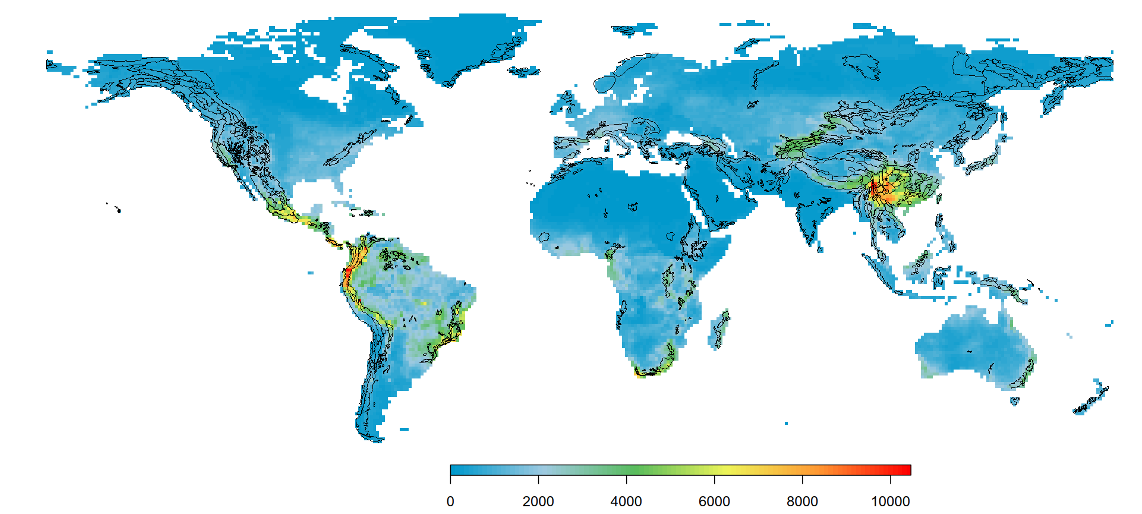Bursting speciation from Geological DyNamics in mountains (BurGeoN)
Project Burgeon
Biodiversity state of an area is the result of a complex collective interplay of biological processes modulated by tectonic, climatic, and geomorphic changes of landscapes. Confined mountain areas exhibit remarkably high diversity with many young endemic and rare species suggesting that those systems that are not at equilibrium and speciation is still actively ongoing. We propose that lineages emerge over fast geological time scales and within narrow geographic zones because of locally active tectono-geomorphic processes, which increase speciation rate: mountain species have narrow distributions that are more easily broken by barriers emerging from transient and geologically-driven landscape reorganization. Tectonics creates new habitats that species can speciate into, and with the help of erosion sculpt the landscape, fragment species ranges driving vicariant speciation. In this project, these processes will be studied combining global data synthesis, field collection and modelling. (WP1) Firstly, a comprehensive global mapping of plant species will be used to characterize areas of high young endemisms and establish a relationship between tectono-geomorphic processes and speciation. (WP2) Secondly, species populations surrounding tectono-geomorphic features will be characterized at an unprecedented high resolution with environmental DNA in three different regions, namely the Atlantic Forest of Brazil, the Andina region of Colombia, and Oaxaca region of Southern Mexico to identify the connections between geological features and lineages origination. (WP3) Thirdly, we will employ coupled landscape-biological evolution models to identify the mechanistic connection between tectonics surface processes, habitat change and speciation. A resulting landscape-response function will be integrated into a global numerical model to simulate biodiversity dynamics across the Cenozoic and predict modern plant diversity gradients accounting for global climate change. The culmination of this research will be a comprehensive understanding of the mechanisms that connect local tectono-geomorphic processes to speciation and global biodiversity dynamics.

